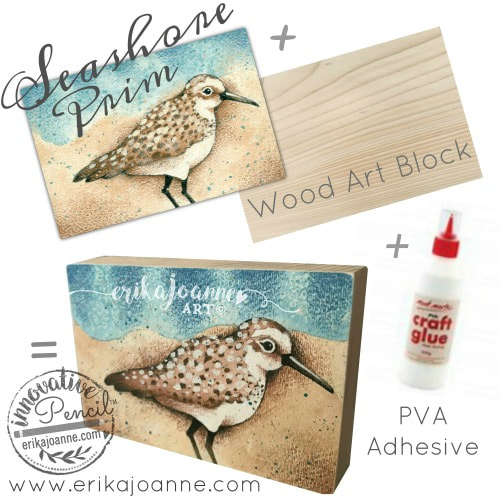|
8 Gluing Tips for Artists
0 Comments
|
I'm Erika Joanne, an artist who enjoys "Sharing Innovative Ways to Paint & Pencil". Paint and learn with me through my pattern packets, videos & workshops. Enjoy!
Subscribe!
We would love to have you join us! Just use this QR Code to quickly sign-up to our email list using your smart phone.
Archives
May 2020
Categories |




 RSS Feed
RSS Feed